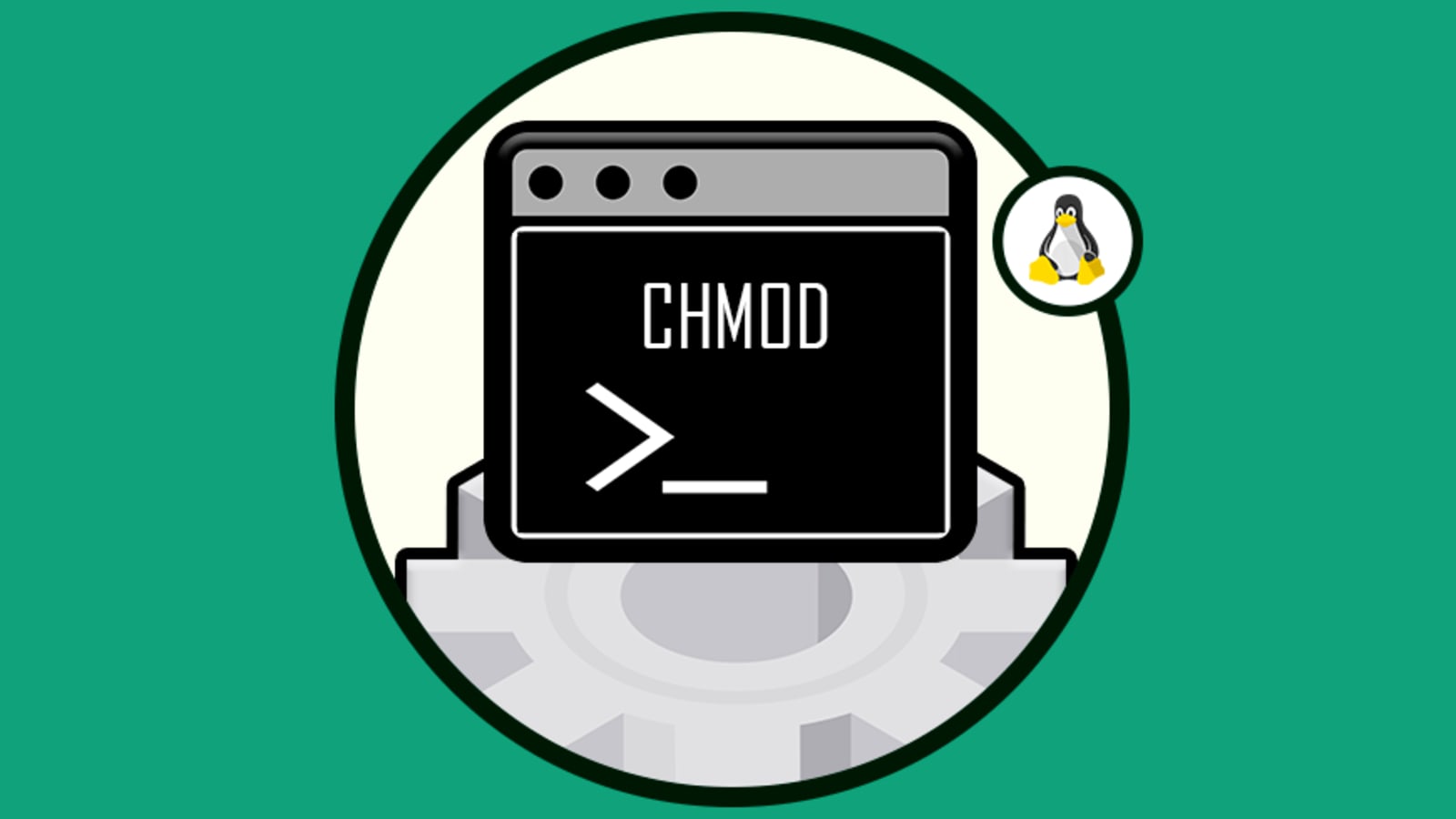

Third Number 5 - Read and execute for others. The chmod command allows you to change the permissions of files using symbolic or numeric mode.CHMOD a-w means that you remove all writing privileges (from any group). w is for change or delete a file, or add or delete a directory's contents. Second Number 5 - Read and execute for the group. chmod is the command which will change the permission of the files.First Number 7 - Read, write, and execute for the user.(O)thers can read, can write and can execute. You really shouldn't set 777, it would probably be better to just change the ownership of that directory to the Anyway your changes in the Dockerfile really don't matter, because you have a volume (appdata:/var/www) meaning that the permissions you have in the image are masked by your volume. sudo chmod -R 777 /var/Check what group owns your /var/www directory and add your user to that group.

(G)roup can read, can write and can execute. mkdir -m 777 dirname Or you can set the permissions recursively.
CHMOD 777 RECURSIVELY FULL
You should give specific permission to each sub-folder in sudo chmod -R 755 /www/storeĮach number has meaning in permission. Chmod 777 Chmod 777 (chmod a+rwx) sets permissions so that, (U)ser / owner can read, can write and can execute. chmod 777 /path/to/file/or/folder will give the file or folders owner (user), group (users within the group), and others (everyone else on the system) full read, write and execute privileges chmod R 777 /path/to/file/or/folder If you are going for a console (or. The -R flag changes the file mode bits of each directory and of all. You can give permission to folder and all its contents using option -R i.e Recursive permissions.īut I would suggest not to give 777 permission to all folder and it's all contents. Descends only directories recursively, as specified by the pattern File.Directory.


 0 kommentar(er)
0 kommentar(er)
